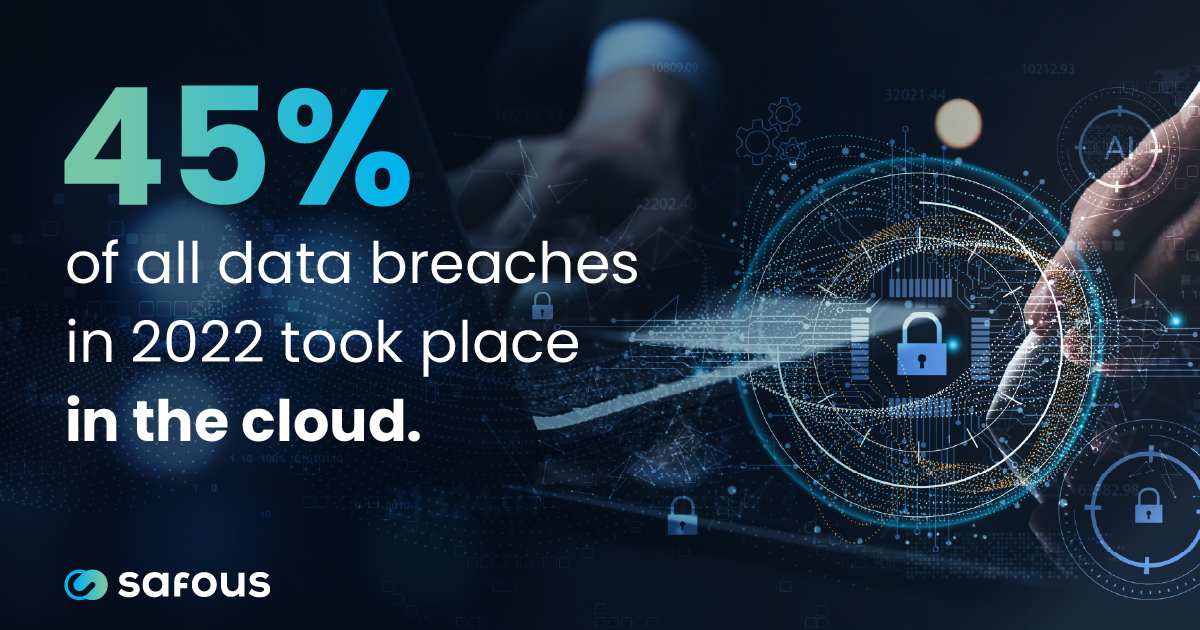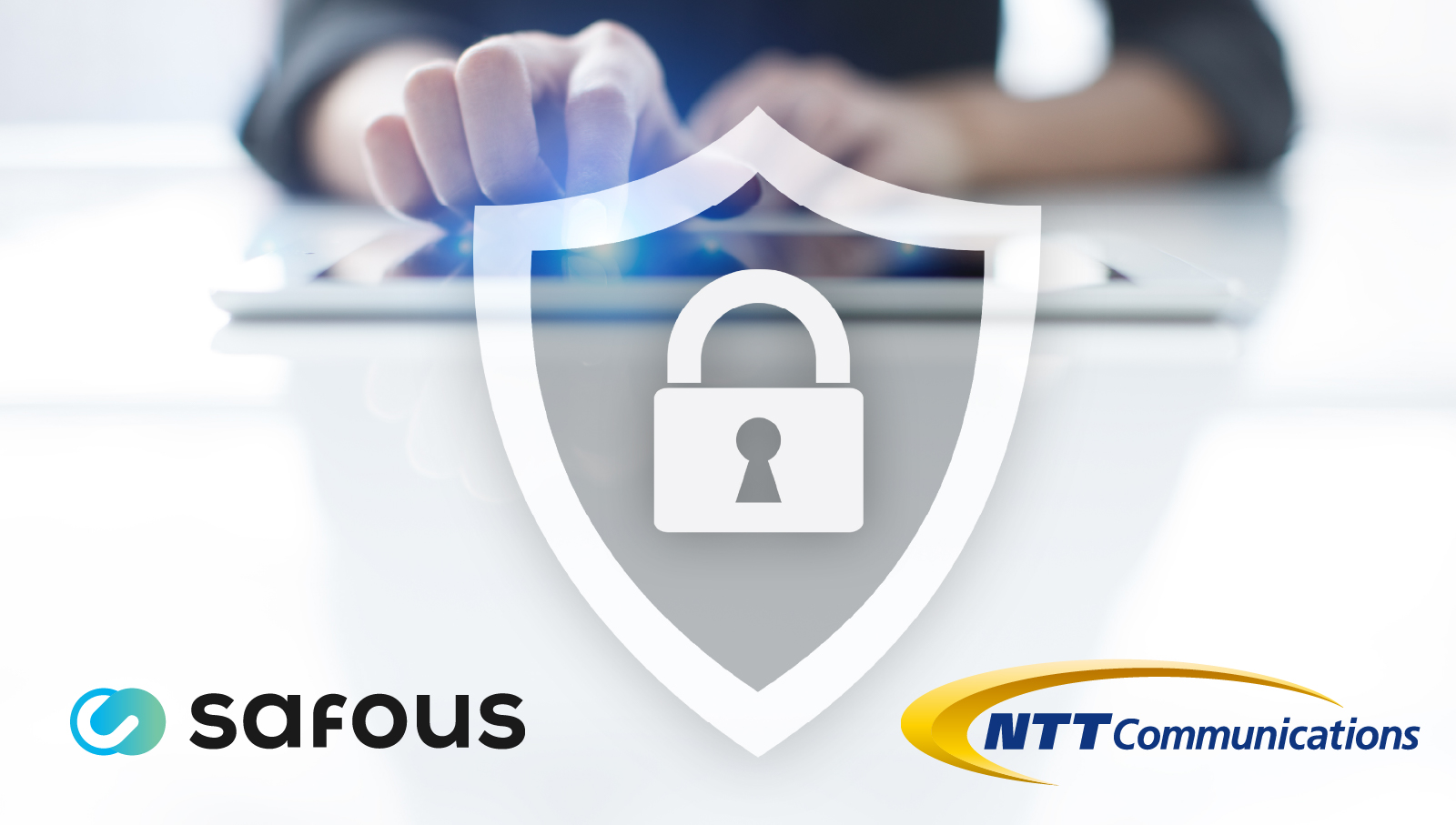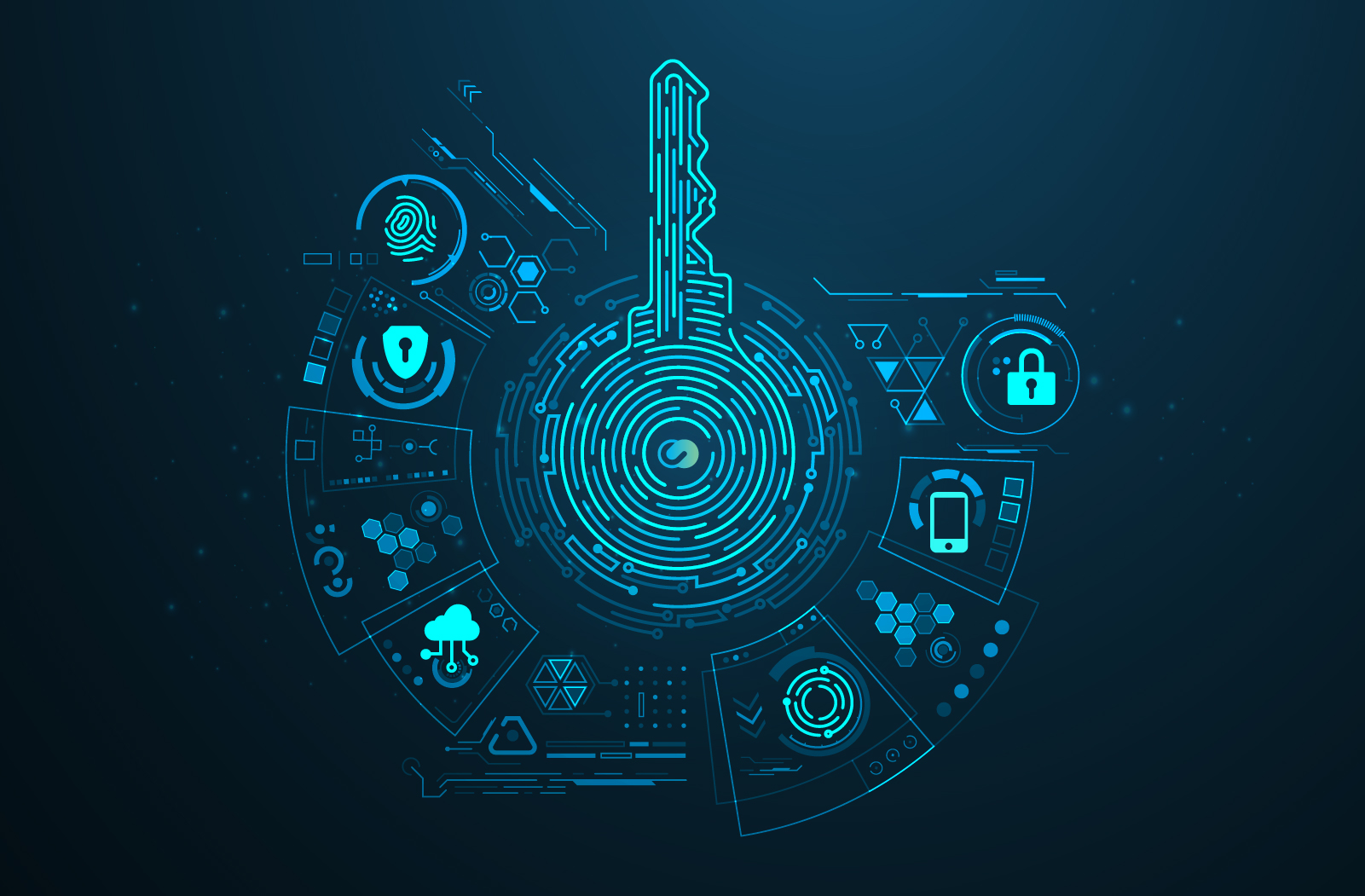For many organizations, multifactor authentication (MFA) is no longer just a best practice – it’s a condition for getting insured. As cyber insurance providers raise the bar for coverage eligibility, MFA has emerged as one of the most important controls to put in place.
The good news is that implementing MFA not only helps businesses meet insurer requirements but also reduces risk exposure across the board. When paired with a strong security platform such as Safous Privileged Remote Access, MFA can become part of a broader strategy to protect your most valuable assets.
In this blog, we’ll break down what cyber insurance providers expect, why MFA matters for meeting insurance requirements, and how Safous can help you apply it in the right way.
What Is Cyber Insurance, and Why Do You Need It?
Cyber insurance helps organizations recover from security incidents like ransomware, data breaches, service outages, and other digital threats. While terms vary, typical coverage includes response and recovery costs, legal liabilities, and sometimes even ransom payments.
But getting approved for a policy has become more difficult in recent years. Claims and claim sizes have surged, and insurers are now reviewing applicants more closely as a result. They want evidence that companies have controls in place to prevent breaches, not just respond to them.
What’s the Link Between Cyber Insurance and MFA?
In the past, you could secure coverage without much scrutiny of your security hygiene. That's no longer the case. The global average cost of a data breach in 2025 is $4.4 million,1 and stolen credentials remain one of the leading causes of breaches. To reduce risk, many carriers now require MFA as a minimum standard.

Some of the most common areas where MFA is expected include privileged users, vendor access, remote sessions, and admin access to cloud services. MFA protects against these scenarios by requiring users to confirm their identity through multiple independent factors. Even if one credential is stolen, the attacker usually can’t proceed without the second.
What Is Multifactor Authentication?
MFA is an authentication method that requires user to verify their identity using two or more categories of credentials. These usually include:
- Something you know, such as a password or PIN
- Something you have, such as a hardware token or security key
- Something you are, such as a fingerprint or facial recognition
Because MFA layers these factors, it becomes harder for attackers to access sensitive systems, even if they manage to steal or guess a password.
4 Ways MFA Protects Your Business
MFA protects against many of the modern tactics used by attackers. When implemented correctly, it strengthens your defenses in four key ways:
1. Protection From Phishing Attacks
A 2025 report by KnowBe4 found that over 33% of employees are susceptible to phishing and other social engineering attacks.2 MFA makes phishing less effective. If a user accidentally reveals their password, MFA prevents the attacker from logging in without the second factor. This extra step often blocks these attacks altogether.
2. Defends Against Credential‑Stuffing
Automated attackers often test large batches of stolen usernames and passwords across multiple systems. But with MFA in place, the attacker can’t proceed without access to the second factor, even if a set of credentials is valid.
3. Mitigates MITM Attacks
Man-in-the-middle (MITM) attacks try to intercept usernames and passwords through fake websites or session hijacking. MFA adds a verification layer that is harder to replicate or reuse, especially with short-lived tokens or biometric data.
4. Alerts, Monitoring, and Response
MFA helps IT teams identify and respond to security incidents faster. Breach attempts can trigger alerts when login behavior looks unusual, such as repeated login failures, attempts from unknown devices, or skipped factors. In this way, MFA acts as both a barrier and a signal.

Why Implement MFA With Safous?
You can get MFA anywhere, but Safous makes it part of a complete privileged access strategy. Rather than layering MFA onto a separate system, Safous builds it into every privileged session for internal users and third-party vendors alike. Here’s how:
- Safous is agentless and browser‑based, which makes it easier to deploy even for legacy systems or OT devices that don’t support local agents.
- Users authenticate through Safous and then gain access without direct changes to those systems, reducing the attack surface without changing the underlying infrastructure.
- MFA is combined with real‑time session monitoring, just‑in‑time access, role‑based privileges, and credential vaulting, all under one unified platform.
For businesses seeking cyber‑insurance compliance, Safous provides a clear audit trail for insurers, including session records, policy enforcement, and centralized access logs. That can support faster underwriting decisions and even help reduce premiums.
Meet Cyber Insurance Requirements With Safous
MFA has become non‑negotiable for modern cyber risk management. It’s a minimum requirement for risk management and for maintaining cyber insurance eligibility. But MFA works best when it’s part of a complete system that covers users, vendors, cloud, on‑prem, and OT assets alike. That’s where Safous comes in: one platform, one deployment, layered protection, and simplified compliance.
Ready to strengthen your privileged‑access strategy and show auditors you’re serious? Talk to us today to learn how Safous Privileged Remote Access supports MFA, session visibility, and privileged‑user governance across your environment.
Sources:
Receive the latest news, events, webcasts and special offers!
Share this
You May Also Like
These Related Stories

Your Roadmap for NIST SP 800-171 Rev. 3 Compliance

What Role Does MFA Play in Zero Trust Security?



